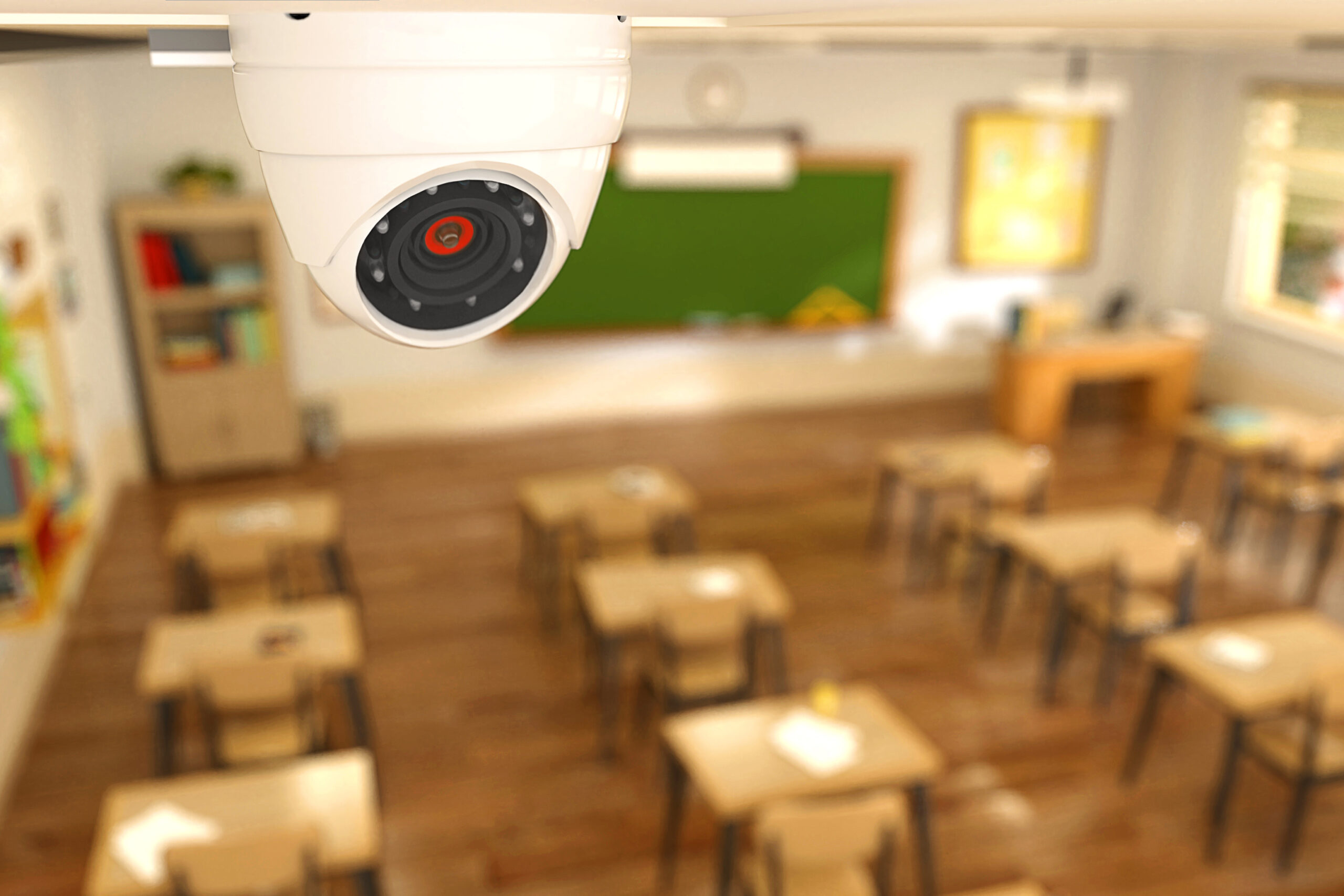Ensuring the safety of students during their school commute is a collective effort involving school bus drivers, motorists, and the entire community. While school bus drivers go to great lengths to protect children, it is equally crucial for all road users to play their part in managing transportation risks effectively.
Beyond the iconic yellow school buses, students across the United States employ various means to reach school and school-related activities. Unfortunately, statistics reveal a sobering reality: approximately 800 school-aged children lose their lives in motor vehicle crashes during typical school travel hours each year. Shockingly, only 2% of these tragic fatalities are school bus passengers or pedestrians. The remaining 98% involve passenger vehicles, pedestrians, bicyclists, or motorcyclists. Alarmingly, over half (55%) of these passenger vehicle-related fatalities occur when teenagers are at the wheel.
Concurrently, roughly 152,000 school-age children sustain nonfatal injuries during regular school travel hours annually. Astonishingly, over 80% of these nonfatal injuries transpire within passenger vehicles. Merely 4% are school bus or bus/pedestrian-related, with an additional 11% happening to pedestrians and bicyclists.
Here are some invaluable tips to share with your school community for safe coexistence with school buses on the road:
Maintain a Safe Following Distance: Encourage drivers to keep a safe distance behind school buses, bearing in mind that buses make frequent stops to pick up and drop off students.
Stay Vigilant for Children: Emphasize the importance of vigilance. Children around buses may not always pay attention to vehicles before crossing the street, so drivers should remain watchful.
Obey Bus Signals: Remind drivers to stop when they encounter flashing red lights or a stop sign on a school bus, regardless of their direction of travel. They should only proceed once the bus has resumed movement, the flashing lights have ceased, or the bus driver signals it is safe to pass.
Above all, encourage parents and teen drivers to stay alert and refrain from using their phones while driving during school transportation hours. Shockingly, over 95% of school-age vehicle-related injuries and fatalities occur while riding in passenger vehicles, on bicycles, or walking to and from school.
As school administrators, you play a pivotal role in fostering a culture of safety within your educational institutions. By educating your community about the importance of responsible road behavior, we can collectively reduce risks and safeguard the well-being of our students.
Contact INSURICA to learn more about other ways to keep your schools safe.
This article is not intended to be exhaustive nor should any discussion or opinions be construed as legal advice. Readers should contact legal counsel or an insurance professional for appropriate advice.
About the Author
Share This Story
Related Blogs
Enhancing School Security: Practical Strategies for Safer Campuses
Enhancing school security is one of the most pressing responsibilities for education leaders today. As school campuses evolve, so too must the systems that protect them. For administrators, safety professionals, and district decision-makers, creating a secure learning environment means taking a proactive, layered approach that includes physical security, training, technology, and community involvement.
5 Common Cybersecurity Mistakes and How to Avoid Them
All organizations, regardless of their size or industry, are at risk of being targeted by cybercriminals. These malicious actors can conduct cyberattacks, leading to significant financial, operational and reputational damage that can be difficult or impossible to recover from. Fortunately, solid cyber hygiene practices can reduce the likelihood of data breaches and other cyber incidents from occurring, and many of these practices are relatively low-cost and easy to implement.
Insurance Coverage Basics For Boatowners
A small boat, such as a canoe or other un-motorized boat, is typically covered under the personal property portion of your homeowners insurance policy. If you own a larger, faster boat, you'll need a separate boatowners insurance policy. A typical boatowners insurance policy is designed to protect your boat, motor, equipment, and passengers. It affords similar coverages to those you typically have for your car including:








